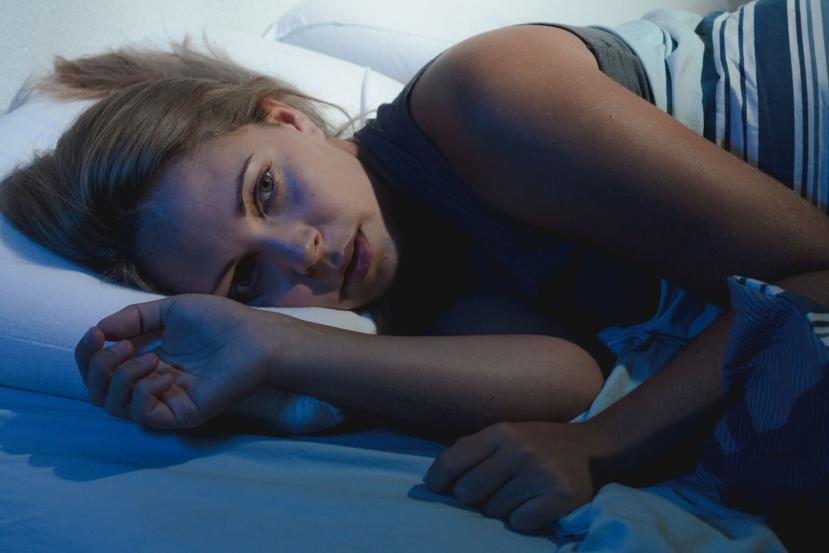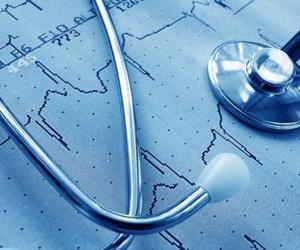What to Expect if You Need a Colonoscopy

A colonoscopy is an outpatient procedure done in a private room, in which the inside of the large intestine, (colon and rectum), is examined. This procedure is normally used to evaluate gastrointestinal symptoms, such as rectal and intestinal bleeding, abdominal pain, or changes in bowel habits. This is a routine, safe, and relatively painless procedure that allows healthcare providers to see the lining of the colon. And, most importantly, this procedure can save your life.
The procedure involves a good amount of preparation, but the results are extremely useful. Colonoscopy traces minute cancers of the colon before they extend to other body areas. Many times a patient can develop pre-cancerous polyps in their colon, and when left untreated, can progress into cancer. Colon and rectal cancers, which are also referred to as colorectal cancers, are the third most prominent cancer types affecting adults today. In the US, these cancers are the second most common cause of fatalities related to cancer.
The procedure itself:
During the colonoscopy, the doctor or the gastroenterologist will insert a long, flexible tube – as thick as your finger, called a colonoscope, into your anus and through the natural cavity of your rectum and colon. You’ll be sedated throughout this process. Patients typically feel little to no pain during the exam.
The colonoscope is fitted with a light, a camera, and other instruments that the doctor will use to examine your colon for:
- Inflammation (swelling and /or redness)
- Signs of any digestive problems
- Polyps
- Other precancerous lesions and potential cancer
The procedure may also allow your doctor to remove polyps, if found before they become cancerous. He will also take small samples or biopsies for analyzing in the laboratory.
Colonoscopy preparation is one of the major steps for the procedure. Your doctor will be unable to clearly view your colon if you don’t empty it properly. This can make the physician take longer in the completion of the procedure, and complications can go unnoticed. An unclear examination of your colon may require another procedure.
What should you eat or drink before a Colonoscopy?
Your doctor will advise avoid certain foods and medicines and might put you on a clear liquid diet for a day or so before these tests. You will be given strong laxatives and might also need enemas to clean out your colon. You shouldn’t eat solid foods before undergoing a colonoscopy. Your physicians will prescribe specific food for a colonoscopy. Some may recommend abstinence from solid foods for several days before the operation. It is, therefore, vital to read the do’s and the don’ts of your colonoscopy early on. Don’t rush preparation or wait for the procedure to only be a day or two away before beginning to prepare.
Here are some usual preparations for a colonoscopy:
- You may be required to substitute solid foods with a clear one, normally a day before the colonoscopy. Your physician may also ask you to avoid eating or drinking anything past midnight the night before the procedure.
- Clear fluids for colonoscopy can be jello, water, broth, cream free tea/coffee, clear juices or energy drinks. Your doctor will require you to stop taking fluids that are artificially colored red, blue or purple.
- Before drinking clear fluids, you may also be required to stop eating food high in fiber, seeds or nuts.
What to expect during the check-up
You will most likely wear a medical gown when undergoing the colonoscopy. There is also a high probability that you will be sedated, through an ingested pill. Alternatively, you may be given the sedative alongside an injection of a pain reliever.
During the checkup you will be required to lie on your side on the operating table. While lying down, you will have to bring your knees close to your chest. Colonoscopy is always done by a doctor, usually a gastroenterologist (a doctor whose specialty is the digestive tract) or a surgeon. Your health expert will then insert a colonoscope into your rectum and use it to pump air into your large intestine. Due to its long length, the scope, which consists of a light and a tube, reaches all the parts of the large intestine. The large intestines are enlarged by pumped air, thus aiding the doctor in inspecting the layer inside of the colon. You may feel the drive to empty your bowels or you may feel abdominal pain during the procedure.
The tip of a colonoscope has a small video camera. The camera transmits pictures to a monitor near the doctor, so as to enable your physician to examine your colon’s interior. Additionally, the physician may also take tissue samples. The tools can also be inserted to cut and remove some parts of abdominal flesh and tiny growths in your colon that can cause cancer.
The colonoscopy procedure will normally take around 20 to 60 minutes.
What happens after the procedure is over?
You will lie unconscious after the colonoscopy for around 60 minutes, after which time you will start to regain consciousness. You will probably take you a whole day to completely stop feeling the effects of the sedative drug. You will, in-turn, require somebody to take you home after the procedure. You shouldn’t drive for 24 hours after the exam.
Your doctor might recommend that you eat a certain type of food for a short time if a polyp was removed during the colonoscopy procedure.
You can have a lot of gas in your colon as a result of the procedure. Therefore, you will probably feel the gas accumulation by bloating for several hours after the procedure. You are also likely to release gas from your abdomen during this period. Fortunately, you don’t need to worry about that since you can do some exercises that can help in relieving discomfort, such as walking.
You could have dizziness from the drugs, however you will be under supervision as you come out of unconsciousness. You might have some gas because of the air that was pumped into the bowel, which can cause cramping and discomfort. Because of the medicines administered for the test, you will need someone to take you home. Since colonoscopy is usually done with drugs that make you sleepy, doctor will prescribe rest for a day or two.
Once you wake up after the effect of sedatives is over, your doctor will speak to you about the results and give you a written report as well. For a couple of days, you will be advised to rest and will be put on a liquid or a semi-solid diet to make sure your digestion starts working properly and then normal diet is prescribed.
Don’t be frightened if you see some blood spots in your first stool after the procedure. It is normal and doesn’t require medical intervention. However, you can seek medical assistance from your doctor if you persistently discharge blood or clots of blood. You should also consider talking to your health professional if you experience abdominal cramps for a long time or extremely high body temperatures of 37.8 C or higher. However, when in doubt, always contact your medical professional for advice specific to your case.











